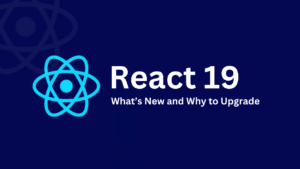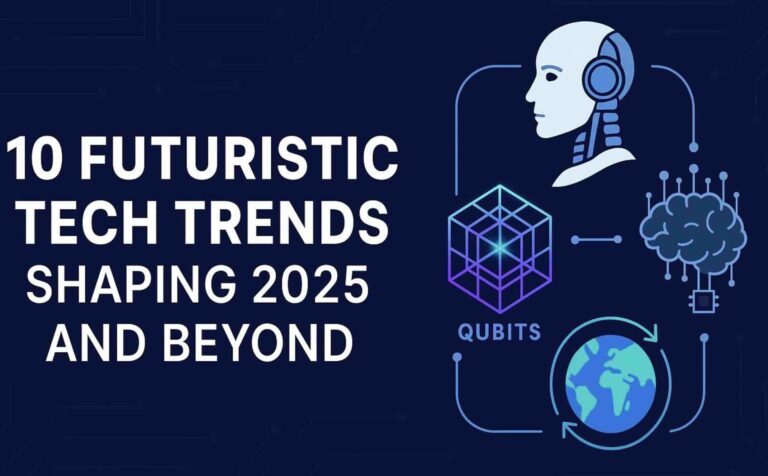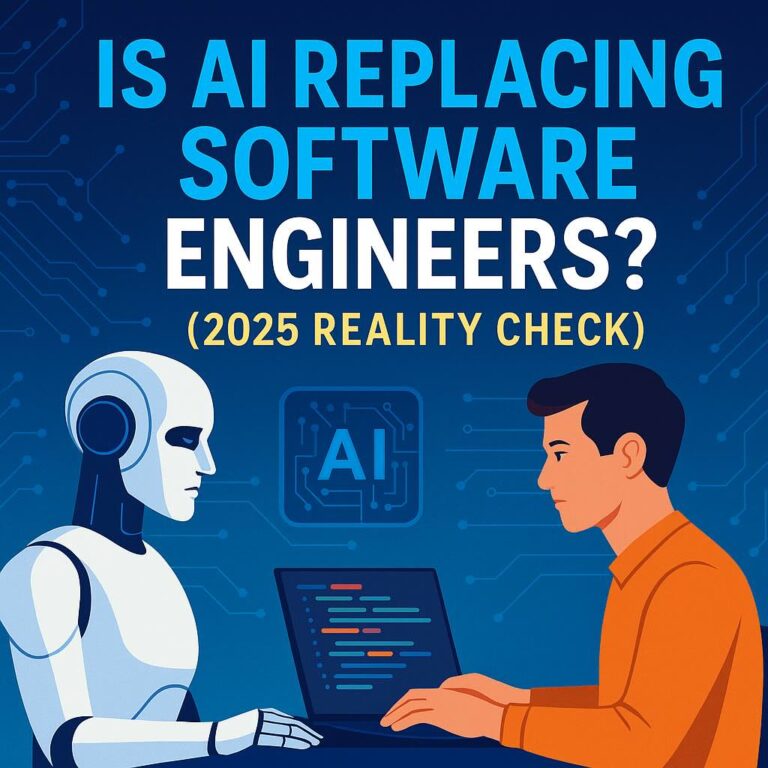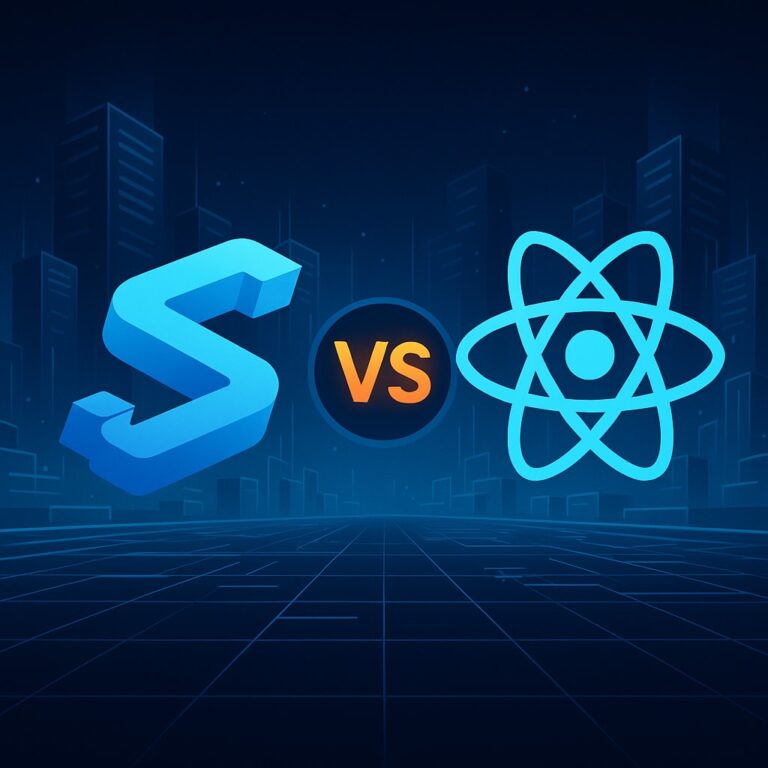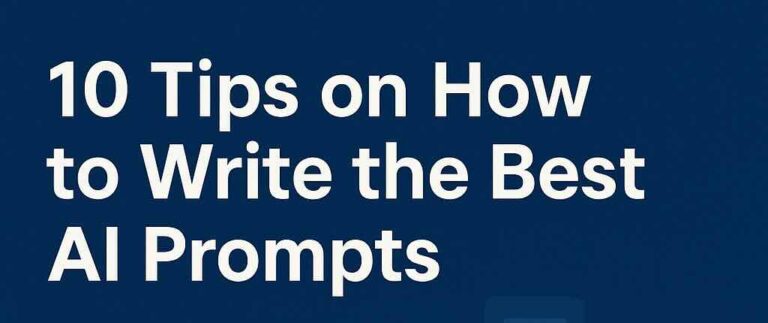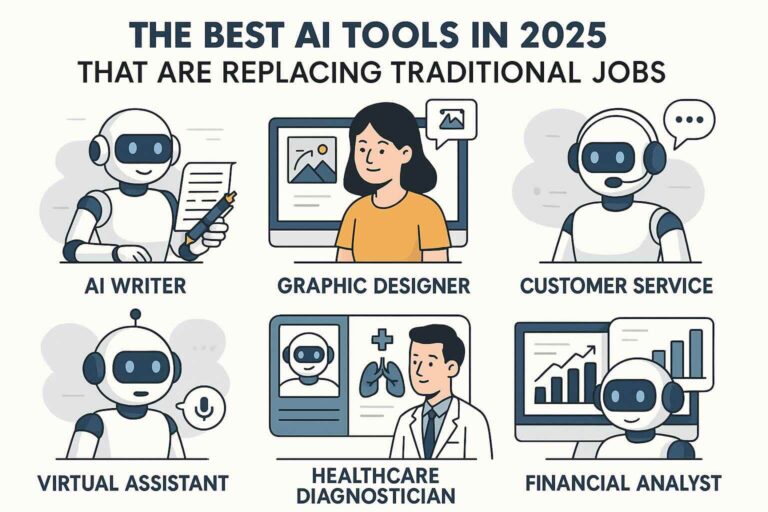Artificial Intelligence (AI) is revolutionizing the advertising industry, creating intelligent, automated, and highly personalized ad experiences. For developers, AI presents an opportunity to build smarter ad systems, optimize campaigns in real-time, and enhance user engagement through predictive algorithms. This article explores how AI is transforming the ad tech landscape and provides technical insights into its implementation.
1. AI-Driven Ad Personalization
How It Works:
- AI analyzes user behavior, purchase history, and online activity to deliver highly personalized ads.
- Machine learning (ML) models, such as collaborative filtering and deep learning-based recommendation systems, predict user preferences.
- Natural Language Processing (NLP) techniques analyze customer sentiment and browsing patterns.
Technical Implementation:
- Use Python’s Scikit-learn for building recommendation models.
- Implement TensorFlow or PyTorch for deep learning-based personalization.
- Utilize OpenAI’s GPT models for NLP-based ad targeting.
Code Example:
from sklearn.neighbors import NearestNeighbors
import numpy as np
user_data = np.array([[1, 0, 1], [0, 1, 1], [1, 1, 0]]) # Example user preferences
model = NearestNeighbors(n_neighbors=2, metric='cosine').fit(user_data)
predictions = model.kneighbors([[1, 0, 1]], return_distance=False)
print("Recommended ads for user:", predictions)
2. AI-Powered Programmatic Advertising & Real-Time Bidding (RTB)
How It Works:
- AI optimizes ad placements by analyzing millions of data points in milliseconds.
- RTB platforms use deep reinforcement learning to adjust bidding strategies dynamically.
Technical Implementation:
- Google’s TensorFlow Agents can be used to build reinforcement learning-based bidding algorithms.
- Apache Kafka enables real-time data streaming for ad exchanges.
Key AI Techniques Used:
- Reinforcement Learning (RL) for optimal bidding strategies.
- Computer vision to analyze image/video ad quality.
Example RL Bidding Logic:
import tensorflow as tf
from tf_agents.agents.dqn.dqn_agent import DqnAgent
from tf_agents.environments import tf_py_environment
# Initialize environment and agent (simplified example)
env = tf_py_environment.TFPyEnvironment(custom_ad_bidding_env)
agent = DqnAgent(time_step_spec=env.time_step_spec(),
action_spec=env.action_spec(),
q_network=q_network,
optimizer=tf.keras.optimizers.Adam(learning_rate=1e-3))
agent.train = train()
3. AI in Ad Fraud Detection
How It Works:
- AI models detect click fraud, bot traffic, and domain spoofing by analyzing user interaction patterns.
- ML classification algorithms differentiate between human and bot traffic.
Technical Implementation:
- Implement fraud detection using Random Forests or XGBoost for anomaly detection.
- Use Logistic Regression or Neural Networks to classify fraudulent clicks.
- Leverage Blockchain for transparent ad transactions.
Example Code:
from sklearn.ensemble import RandomForestClassifier
import pandas as pd
data = pd.read_csv('click_data.csv')
X = data[['IP', 'Click Rate', 'Time on Page']]
y = data['Fraudulent']
model = RandomForestClassifier(n_estimators=100)
model.fit(X, y)
predictions = model.predict(X)
print("Fraudulent Clicks Detected:", predictions.sum())
4. AI for Predictive Analytics in Advertising
How It Works:
- AI predicts future trends, customer behaviors, and ad performance.
- Time-series forecasting models analyze historical ad engagement data.
Technical Implementation:
- Use Facebook’s Prophet library for ad performance forecasting.
- Apply LSTMs (Long Short-Term Memory Networks) for trend prediction.
Example Forecasting Code:
from fbprophet import Prophet
import pandas as pd
data = pd.read_csv('ad_performance.csv')
df = pd.DataFrame({'ds': data['date'], 'y': data['clicks']})
model = Prophet()
model.fit(df)
future = model.make_future_dataframe(periods=30)
forecast = model.predict(future)
print(forecast[['ds', 'yhat']])
5. AI-Powered Chatbots and Conversational Ads
How It Works:
- AI-driven chatbots engage users, answer queries, and provide product recommendations.
- Sentiment analysis improves chatbot responses.
Technical Implementation:
- Use Dialogflow or Rasa for NLP-based chatbots.
- Integrate OpenAI’s GPT models for intelligent ad interactions.
6. AI-Enhanced Video & Image Recognition in Ads
How It Works:
- AI analyzes video content to optimize ad placements.
- Deep learning models detect objects and brand logos.
Technical Implementation:
- Use OpenCV and TensorFlow for image processing.
- Implement YOLO (You Only Look Once) for real-time object detection.
Example Code:
import cv2
import tensorflow as tf
model = tf.keras.models.load_model('object_detection_model.h5')
image = cv2.imread('ad_image.jpg')
predictions = model.predict(image)
print("Detected Objects:", predictions)
7. The Future of AI in Advertising
Key Trends to Watch:
- AI-Powered Creative Generation: Tools like DALL·E and Midjourney are advancing AI-generated content for ads.
- Voice Search and Smart Assistants: Ads will integrate more with voice search algorithms for personalized marketing.
- Ethical AI and Privacy: AI will focus on privacy-first solutions with federated learning to enhance security.
- Hyper-Personalized Advertising: AI will refine dynamic ads that adapt in real-time to user behavior.
Conclusion
AI is transforming the advertising industry by making ad targeting more precise, ad bidding smarter, and fraud detection more robust. For developers, this presents exciting opportunities to build AI-driven ad platforms, optimize campaigns using predictive models, and leverage cutting-edge NLP for personalized engagement.
As AI continues to evolve, developers will play a crucial role in shaping the future of programmatic advertising, making it more efficient, transparent, and engaging for users. If you’re in ad tech, now is the time to start integrating AI-powered solutions into your projects!


